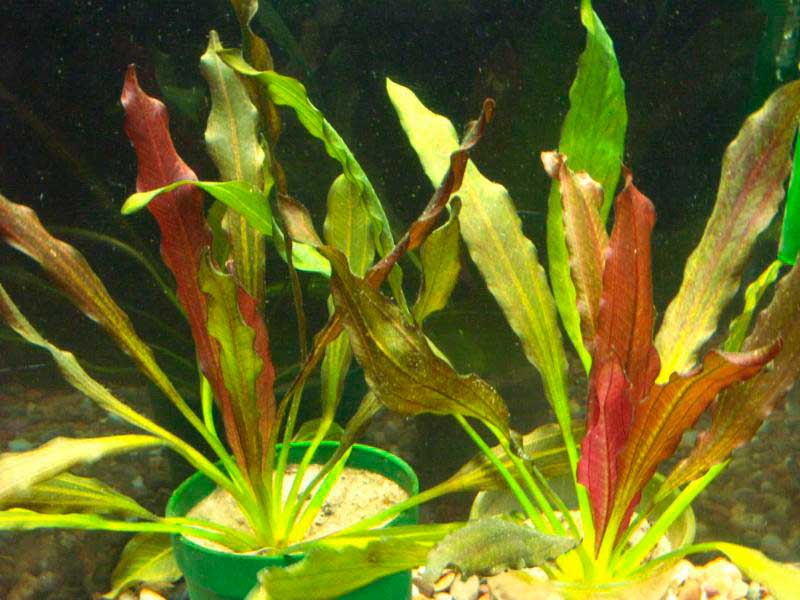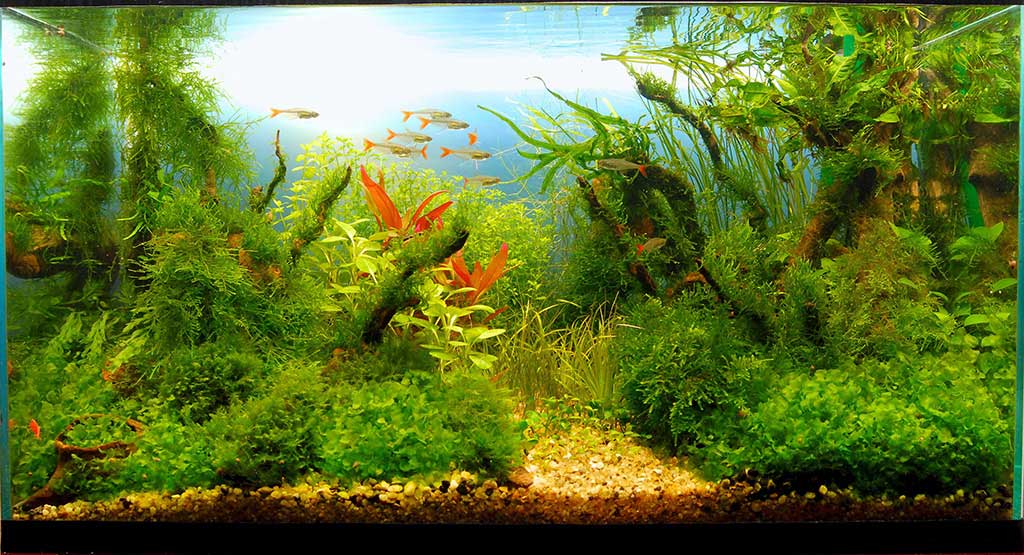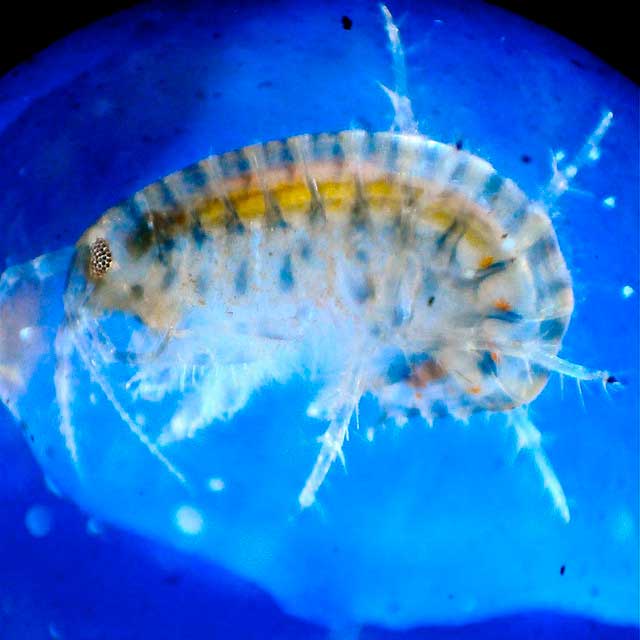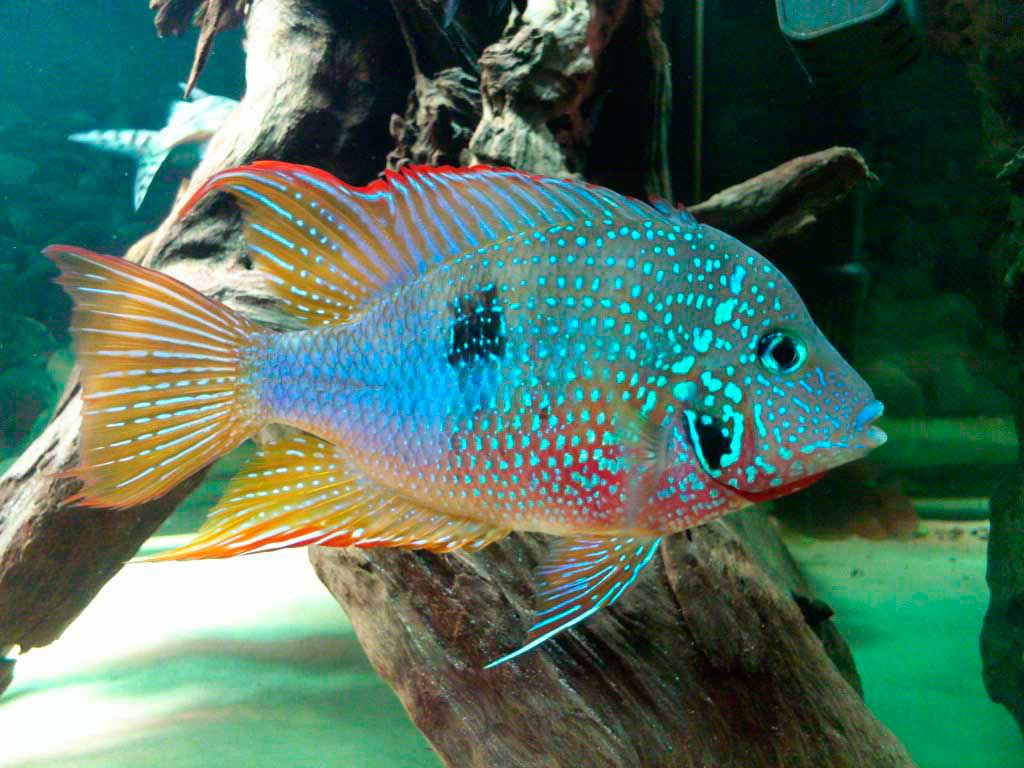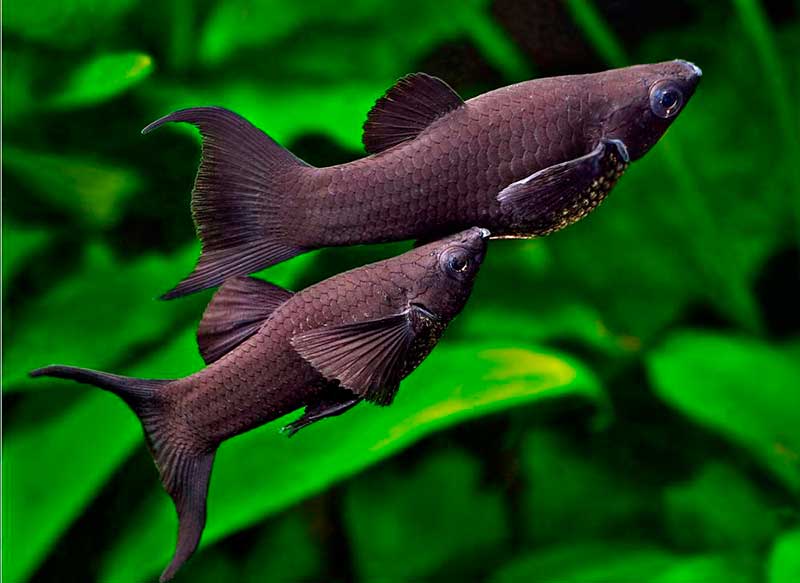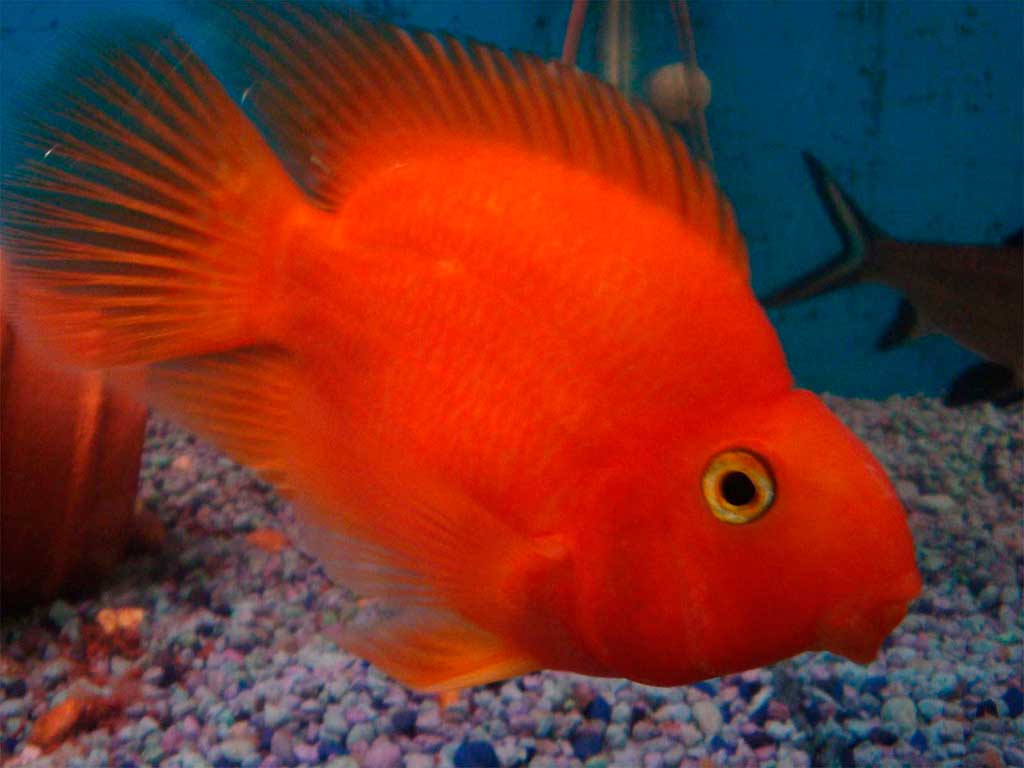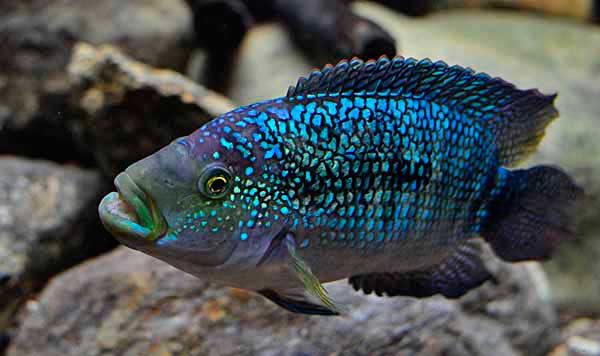Echinodorus florensis belongs to a numerous genus rich in diverse species. The natural diversity is constantly replenished with new artificially obtained hybrids. Such man-made hybrids are Echinodorus florens or Echinodorus veronica.
There is still no clear division of these two types, they are also similar in content. Therefore, the text of the article contains these two names as synonyms. Mr. classifiers will have to forgive me for this liberty. The mess in our ideas about the world around us does not diminish the beauty and attractiveness of this plant, no matter what we call it.
Synonyms, names in other languages: Echinodorus veronicae, Echinodorus “Veronicae”, echinodorus sp. “Florens”
Echinodorus florensis is not found in nature
It is an artificially produced hybrid. Many sources point to the Russian origin of this hybrid. The same sources most often name B. Panyukov as the creator of this hybrid. I have not been able to find more reliable and complete information about the origin of this species. There is not even precise information about what species were crossed to create this hybrid. If you have any reliable information about the origin of Echinodorus sp. “Florens” write to me, and I will supplement the article with your data.
Echinodorus florensis Description
Echinodorus Veronica is a rather large representative of the genus. It has a strong rhizome from which 30-40 leafy cuttings form a rosette. Cuttings are relatively short, bear narrow lanceolate leaves, reaching a length of up to 40 centimeters. Young leaves are reddish in color. Adults can range in color from green to olive. E. veronica is a swamp creature. Therefore, both underwater and terrestrial culture can exist. Under favorable conditions, it forms a long shoot, on which daughter bushes are formed.
Echinodorus florensis Aquarium maintenance
E. florens species is unpretentious, it can be recommended even to beginners.
Vessel volume
It is desirable to plant the bush in high water bodies. The height of the water body should be at least 50 centimeters. At a lower height, the leaves will quickly reach the surface, and then may begin to spread over it, shading everything underneath. Under certain conditions, the leaves can rise above the water and once they reach the light fixture, they will be burned by it.
Soil
Coarse river sand, granite crumbs, small pebbles or a mixture of these in different proportions can be used as soil. The soil should be well silted. It should have a layer thickness of at least five centimeters. If there is no certainty that your newly purchased specimen of Echinodorus florens is grown under water and there is a suspicion that it was grown as a terrestrial plant in a humid greenhouse or paludarium before coming to you, then at the bottom of the hole dug under it, be sure to put a lump of clay, charcoal or boiled peat mixture.
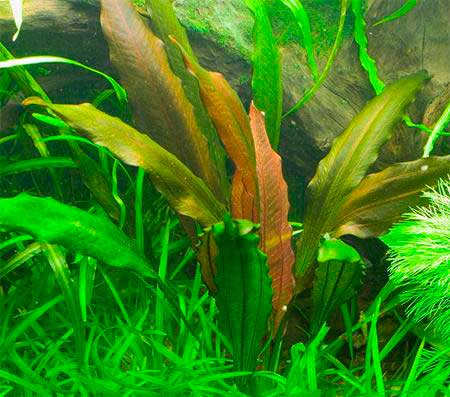
Параметры воды
Ambient temperature 20 to 28 degrees Celsius. Hardness 5-15°dH. pH 6.5-7.5.
Освещение
Echinodorus florens loves light. In case of insufficient illumination, it develops more slowly and its coloring contains fewer red shades. Optimal illumination can be considered to be obtained with fluorescent lamps with a total power of 0.5 W/l. It is desirable to use Fillips lamps from the Flora series with a spectrum of radiation shifted to the red side. The duration of the light day is 8-10 hours.
Echinodorus florensis Nutrition
A rooted and established E. veronica does not need mineral fertilizers or CO2. But if you have an aquarium – herbalist equipped with a system of CO2 and you regularly add mineral fertilizers to the water under such conditions E. Veronica will grow especially vigorously. Also additional feeding fertilizers, as well as CO2 supply will facilitate the adaptation of Echinodorus “Veronicae”, grown as a terrestrial culture to underwater existence.
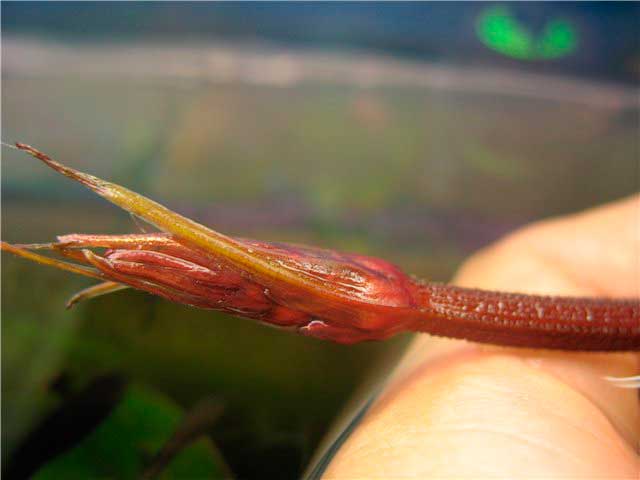
Echinodorus florensis Breeding
Under favorable conditions, an arrow appears in the center of the rosette, which grows quite quickly. It can rise above the surface of the water to a height of up to half a meter. If you bend it strongly or sharply, it may break. To avoid this, it is desirable to place a small weight on the arrow, for example, a clothespin. The additional weight will make it gradually bend while remaining submerged. Soon on this arrow will appear daughter bushes, which can be separated after the appearance of five leaflets and planted in the ground. Young plants obtained from aquatic culture are easier to
take root underwater than specimens transferred to the pond from terrestrial culture.
Additional information:
Э. Veronica can grow as a ground plant in a humid greenhouse or paludarium. As a rule, greenhouse specimens have shorter leaves, but tend to grow faster and develop better. This is due to the fact that the atmosphere is saturated with sufficient CO2, the amount of nutrients in the soil, and the fact that the air medium is less dampening to light intensity than water. Plants grown in a humid greenhouse take root in a new place in the aquarium worse than specimens grown under water. Such plants should preferably be planted in a Dutch aquarium first or flooded gradually over several months.
Although to be fair, it should be noted that more often representatives of the genus Echinodorus do not cause any trouble to its owner. But if your plant after transplanting does not take root in any way and begins to wither, use the above tips. Transplant it into a separate vessel and create ideal conditions there. Plant there echinodorus sp. “Florens”, as in the paludarium and only after full recovery, begin to flood it gradually, over several months, raising the water level. After complete flooding and adaptation of echinodorus sp. “Florens” to such conditions of existence can be transplanted to the aquarium in a permanent place.
Echinodorus florensis, when planted in the middle ground against the backdrop of other plants, stands out well thanks to the red shades of its young leaves and adds volume to the aquarium. Sometimes it can be capricious, then you can help you with some simple tips from this article. But as a rule, it does not give its owner any problems. Good luck with your design decisions.
